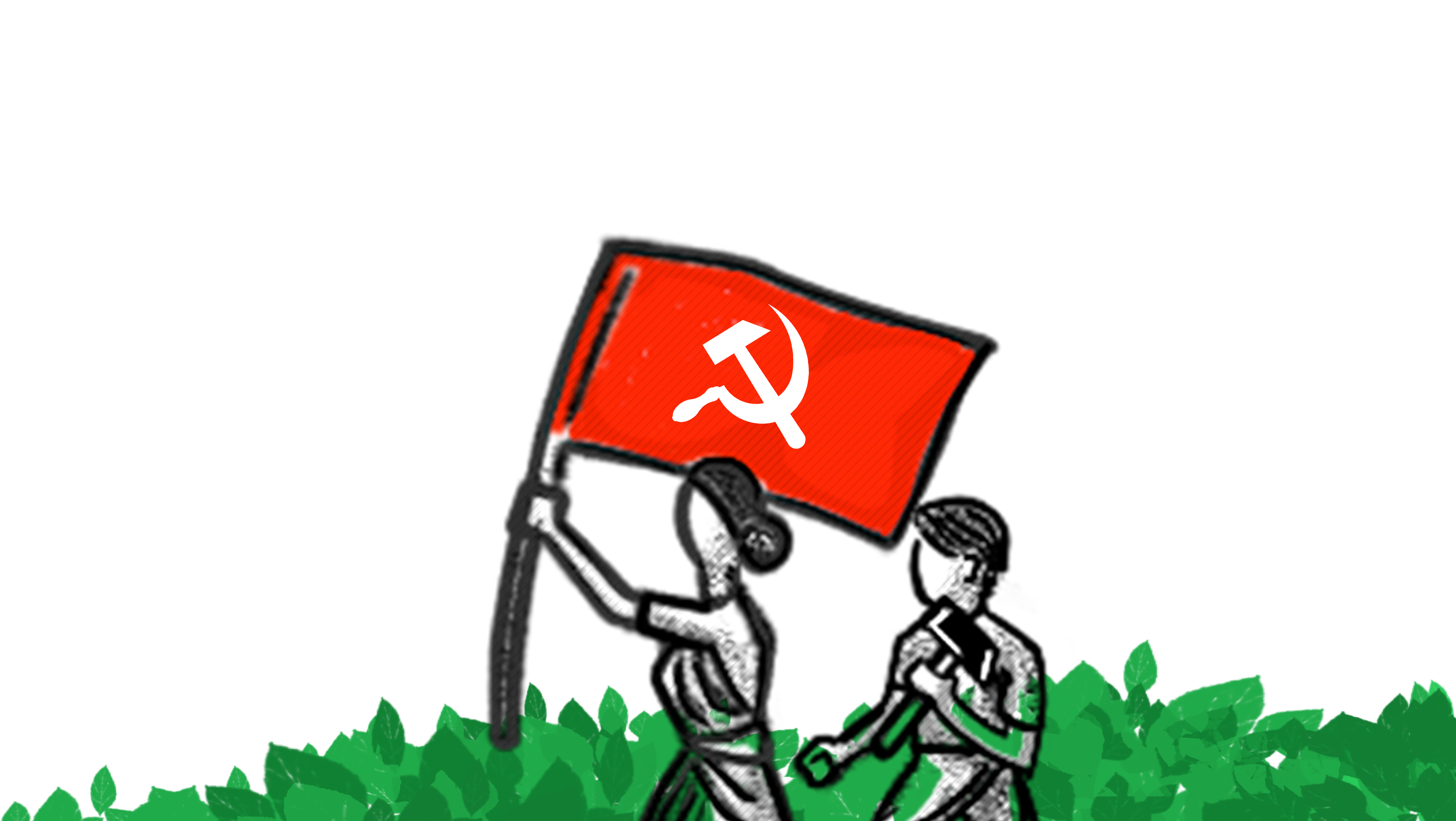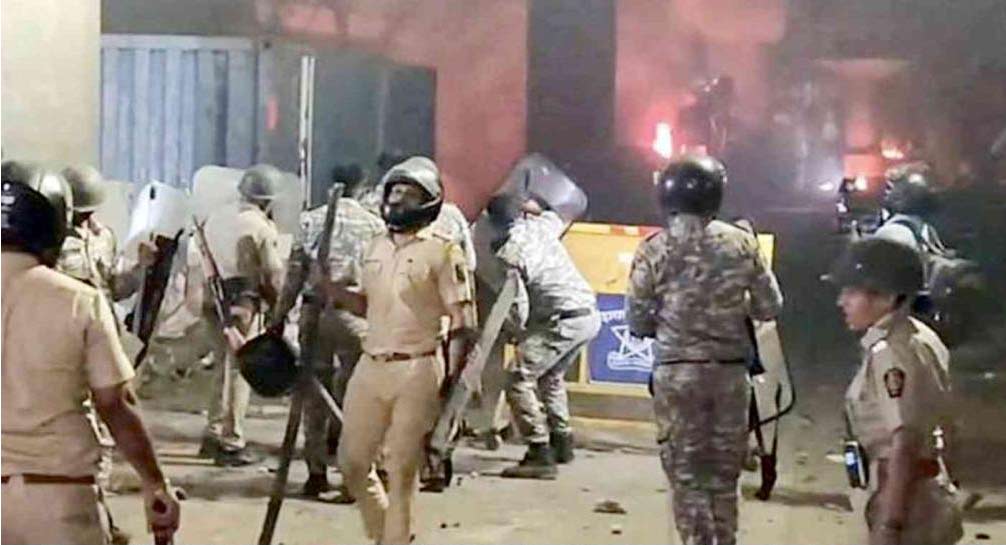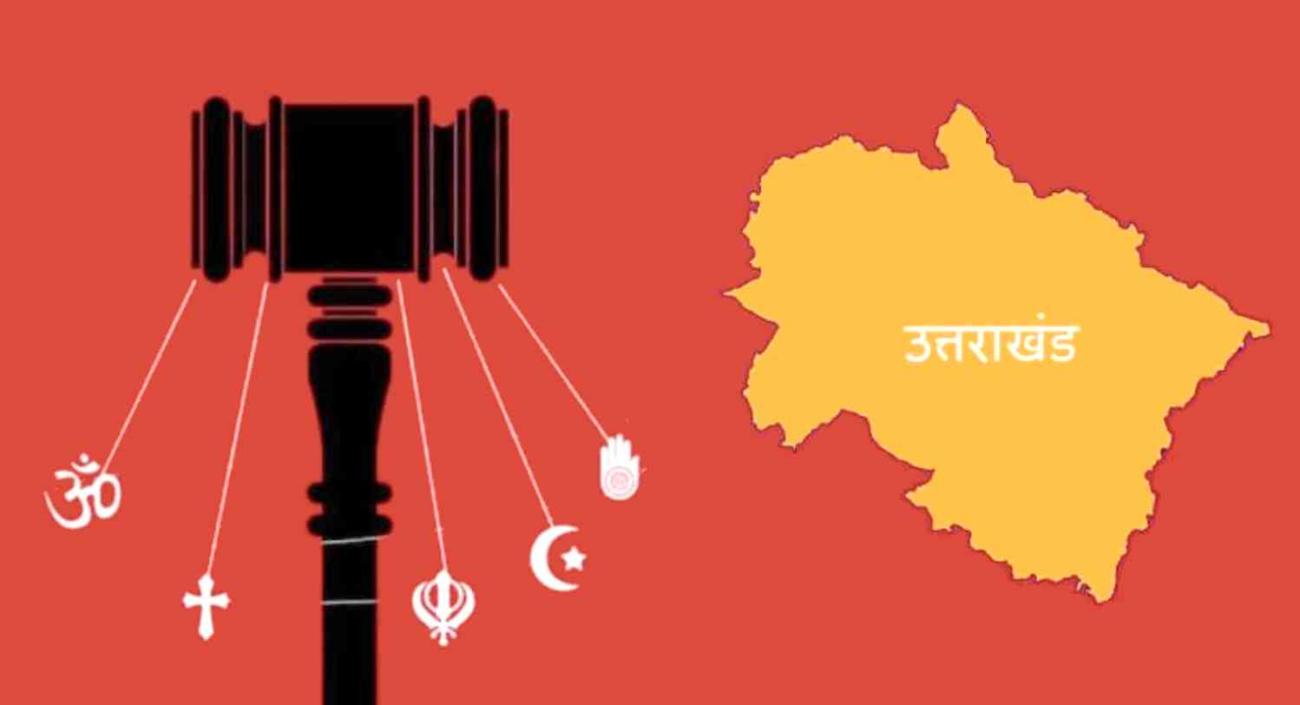On 20 August 2000, a massive protest demonstration was held at the Arrah Collectorate against the fake encounter in which CPI(ML) activist Vishwanath Ram was killed. The police opened fire on the demonstrators and four of them, including a 16 year old student Anand Kumar, were killed. The other three martyrs are Vishram Pandey, Harey Ram Mushahar and Dharmendra Kumar.
The police had also filed a case against CPI(ML) leaders (No. 237/2000) in the Ara/Nawada Police Station. It is in pursuance of this case that the Investigating Officer, a police inspector, recently wrote to the CJM, asking that non-bailable warrants be issued against Comrades Ram Naresh Ram, Rameshwar Prasad, and 8 local leaders, invoking various IPC Sections (147, 148, 149, 323, 324, 253, 332, 333, 337, 307, 188) as well as the Arms Act and Explosives Act.
The IOs letter is preposterous to say the least. Comrade Ram Naresh Ram, leader of the CPI(ML) legislature party in Bihar Assembly, is seen as a living legend; his life is symbolic of the social and political awakening of dalit landless poor in Bihar. A communist activist since the 1940s, he played a pioneering role in founding the CPI(ML) in Bhojpur in the midst of a popular and militant anti-feudal mass awakening. Since 1995, he has been an MLA in the Bihar Assembly. Comrade Rameshwar Prasad, the first MP to be elected from CPI(ML), has also been a MLA in the Bihar Assembly. The open mass protests led by them, including the 20 August 2000 demonstration, are not conducted hiding secretively.� The only weapon in evidence on 20 August 2000 was the massive presence of people and the force of their demand for justice. The whole thing is a calculated move to try and humiliate the revolutionary masses of Bhojpur, by slandering their leaders and issuing NBWs against them, branding them as criminals and extremists.
On 29 June, CPI(ML) MLAs protested vigorously in the Bihar Assembly and demanded that the Chief Minister take a stand on this mischievous act of political targeting of the leaders representing the rural poor. Nitish Kumar was forced to promise to look into it.� The next day again, the Bihar Assembly witnessed vocal protests, asking the Chief Minister to clarify his stance. CPI(ML) MLAs were marshalled out when they protested in the Assembly. CPI(ML) held a statewide protest day on 1 July followed by a series of mass protests in Sahabad region.
The episode exposes the Nitish Governments tall claims of justice and good governance, revealing how representatives of the oppressed continue to be targeted and harassed. It is also a fresh instance of the discourse of extremism being deployed against popular forces by struggle by Governments of all hues from Orissa to Punjab to West Bengal and now Bihar and all over the country.
For the CPI(ML), such targeting is nothing new. In Bihar itself, in Congress rule, the CPI(ML) faced severe state repression; in Laloo-Rabri rule, popular elected leaders like Shah Chand were convicted under the lapsed draconian law TADA; and in Nitish rule now, again, the same pattern continues. In Punjab, too, the CPI(ML) is facing the same kind of repression.
The Union Home Minister P Chidambarams anti-extremism drive now focuses on pumping up the states already swollen muscles raising repressive forces like COBRA and greyhounds and using sophisticated weapons and helicopter gunships to silence the people. Maoism and extremism will be the pretext, but the war will be waged on the people and no voice of dissent will be spared. However much the Nitish Government of Bihar and the UPA Government at the Centre might indulge in the rhetoric of empowering the mahadalit and aam aadmi, scratch the surface and there can be no mistaking the crude language of repression.





